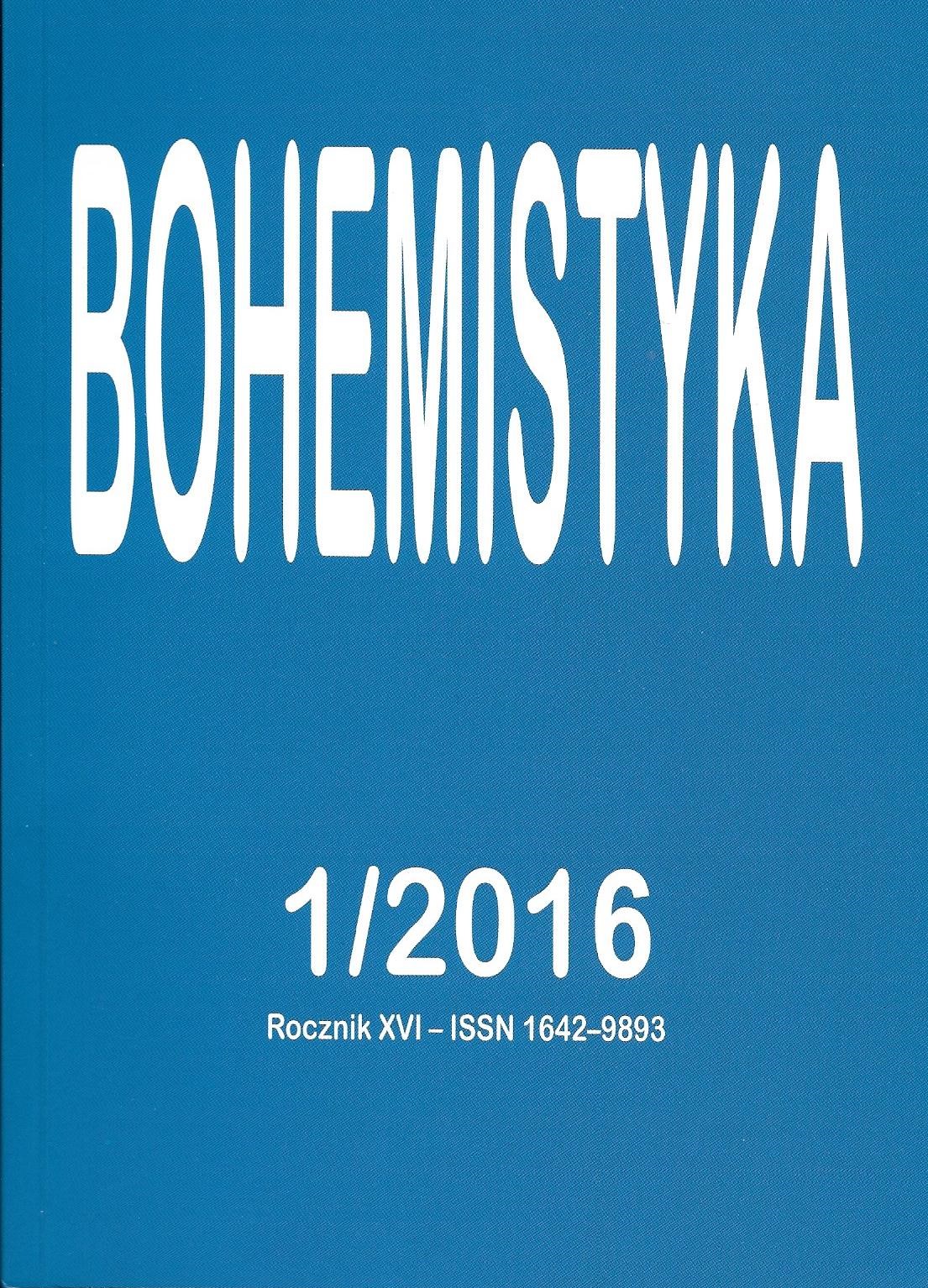Kolektywizacja po czesku – literackie obrazy przemian na czechosłowackiej wsi po II wojnie światowej
Collectivization in Czech – literary images alternately in the Czechoslovak village after World War II
Author(s): Dorota BielecSubject(s): Language and Literature Studies, Studies of Literature, Czech Literature
Published by: Uniwersytet Adama Mickiewicza
Keywords: communism collectivization of the village;persecution;displacement;propaganda;ideology
Summary/Abstract: The process of collectivization and modernization of the Czech and Slovak village, which took place at the turn of the 40th and 50th years of the twentieth century, in official propaganda was presented as a success story. He had to ensure the welfare of the Czechoslovak farmers to teach them modern farming, and also to realize them politically. Propaganda films from this period presents satisfied farmers who voluntarily and with a smile sticking with agricultural cooperatives. However the reality was significantly different from the picture presented to the public. This reality – of persecution, displacements, and very skeptical approach of rural residents to the communist ideologues perpetuated three literary texts, which are the basis of my reflection – these are novel of Ivan Klima Godzina ciszy, Ludvík Vaculík Sekyra and Jiří Hájíček Selský baroko. The date of their establishment is divided over 50 years and this by itself is of great importance – they stand on two poles in terms of distance in time to the events described in them. The aim of the article is therefore an attempt to confront the two images and determine whether over time the vision of those events subject to some transformations and corrections.
Journal: Bohemistyka
- Issue Year: XVI/2016
- Issue No: 1
- Page Range: 51-64
- Page Count: 14
- Language: Polish

